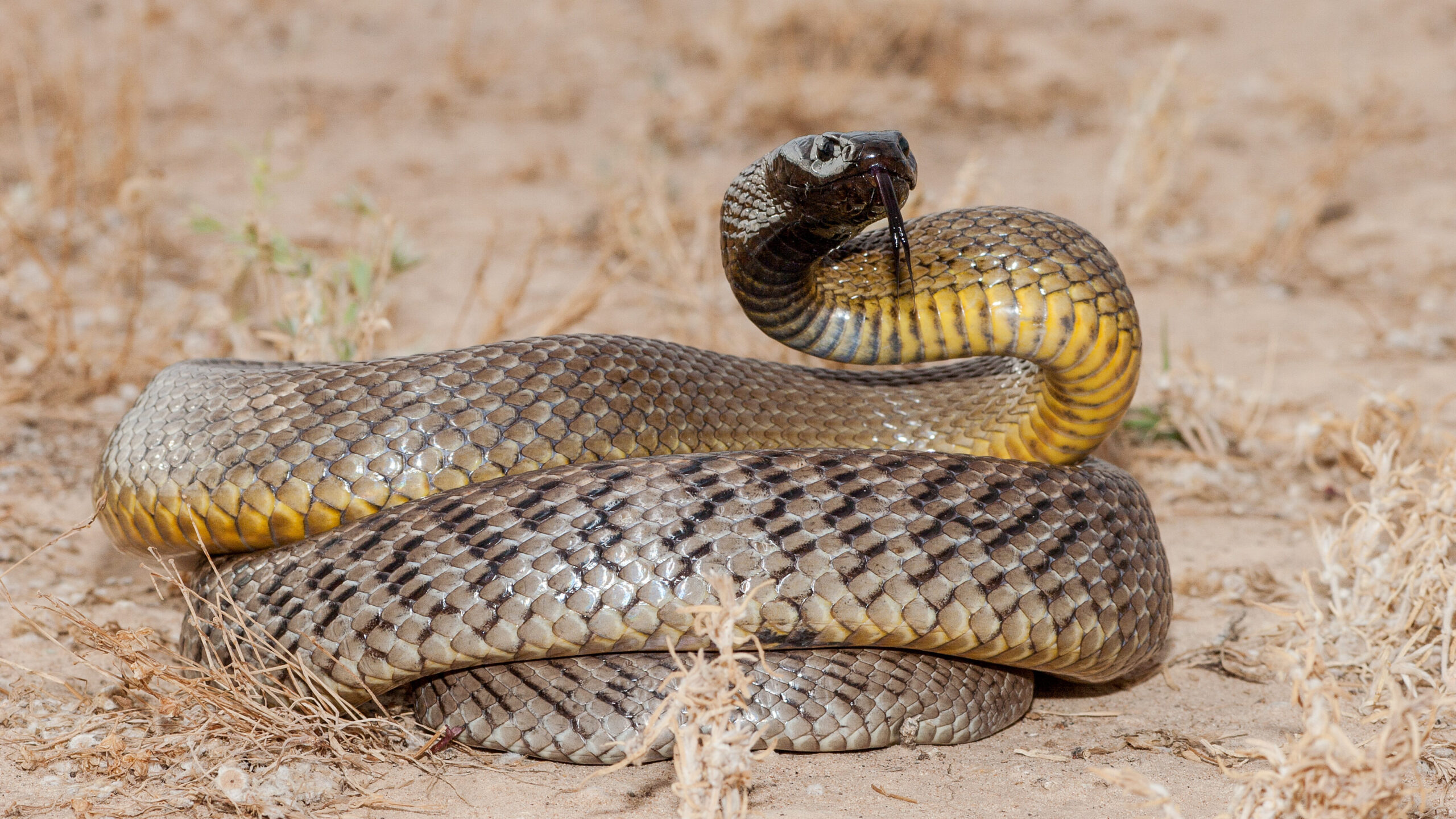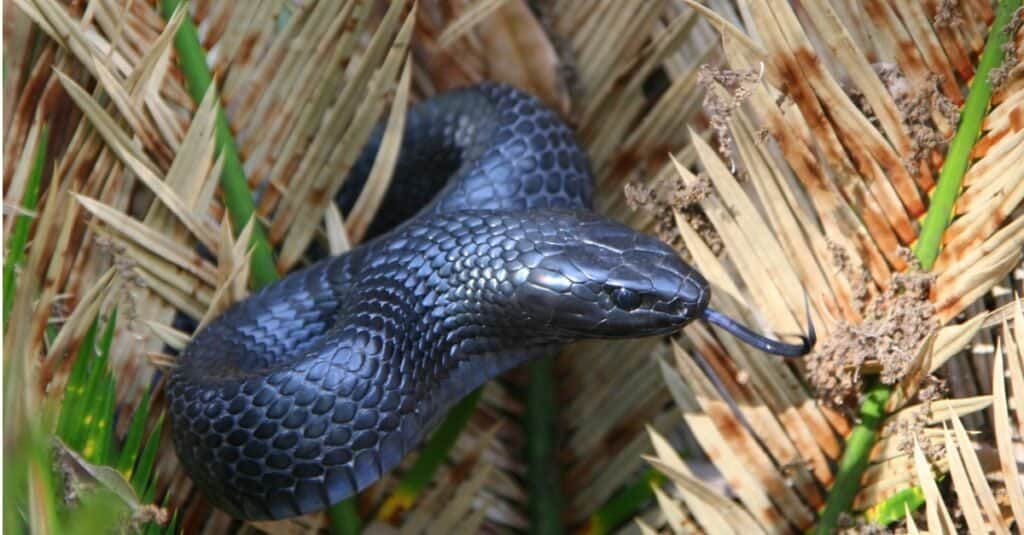Introduction
Australia is renowned for its rich biodiversity, specifically when it concerns reptiles. Among these interesting creatures, the Eastern Tiger Snake ( Notechis scutatus) sticks out due to its striking look and potent poison. Discovered mainly in southeastern Australia, this varieties has are copperhead snakes venomous actually fascinated both herpetologists and informal viewers alike. In this extensive overview, we will delve into the attributes of the Eastern Tiger Serpent, explore their environment, actions, and diet, and share crucial safety suggestions for anybody who may come across them.
As we traverse via the subtleties of the Eastern Tiger Serpent's life, we'll also go over essential subjects such as serpent bite first aid and avoidance methods. With serpent bites being a major concern in Australia, equipping yourself with understanding can suggest the difference in between safety and threat. Distort up as we embark on this enlightening journey.

Exploring the Eastern Tiger Serpent: Qualities and Safety Tips
1. Overview of the Eastern Tiger Snake
The Eastern Tiger Serpent is an extremely poisonous snake that belongs to the Elapidae family. Identified by its distinctive banding pattern that looks like a tiger's red stripes, this varieties showcases a range of colors from olive-green to black or perhaps brown hues.
1.1 Physical Characteristics
Tiger serpents are tool to large-sized serpents that typically get to sizes of 1.2 to 2 meters (4 to 6.5 feet). Their robust bodies are matched by a flattened head that makes them quickly identifiable to name a few snakes.
1.2 Poison Composition
The venom of an Eastern Tiger Serpent is mainly neurotoxic. This indicates it can influence the nerves and result in paralysis if left without treatment. The good news is, antivenom is available in Australia for those unfavorable enough to be bitten.
2. Habitat of the Eastern Tiger Snake
Understanding where these serpents thrive can aid in preventing encounters and appreciating their function in the ecosystem.
2.1 Natural Habitat
Eastern Tiger Snakes like seaside areas, wetland locations, and grasslands. They are usually found near freshwater sources like swamps and rivers.
2.2 Geographical Distribution
This species is primarily located in southeastern Australia, consisting of components of Tasmania where they are typically referred to as Tasmanian tiger snakes.
3. Behavior Patterns
3.1 Diurnal vs Nocturnal Activity
While some tiger serpents might display nocturnal actions during warmer months, they are primarily diurnal animals that quest during daytime hours.
3.2 Protective Mechanisms
When endangered, tiger snakes may present aggressive habits by coiling back or hissing noisally prior to striking if prompted further.
4. Diet plan of the Eastern Tiger Snake
Tiger snakes have a diverse diet mostly including tiny animals, birds, amphibians, and other reptiles.
4.1 Searching Techniques
They utilize Australian snake habitats ambush techniques paired with fast strikes to record unwary victim-- a remarkable task provided their size!
5. Are Tiger Snakes Venomous? Recognizing Their Danger Level
Yes! The eastern tiger snake is undoubtedly venomous; nonetheless, not all attacks result in envenomation (the injection of venom). Understanding regarding their danger level is critical for any individual that frequents their habitat.
6. Emergency Treatment for Snake Bites: A Vital Skillset
If a person is bitten by a tiger snake or any kind of other types:
- Remain calm; panic worsens symptoms. Call emergency situation services immediately. Apply a pressure bandage above the bite site.
Knowing how to respond without delay can save lives!
7. Usual Myths Concerning Tiger Snakes Debunked
Misunderstandings concerning tiger serpents abound-- let's deal with some typical myths:
- Myth: All serpents are aggressive. Fact: Numerous snake types choose evasion over confrontation. Myth: A dry bite means no danger. Fact: Always seek clinical interest despite symptoms!
8. Safety Preventative Measures When Experiencing Snakes
Awareness is your finest defense against unwanted experiences with tiger serpents:
- Stay vigilant while hiking or walking through known habitats. Avoid tall lawn where visibility could be limited. Wear suitable footwear when exploring all-natural areas.
9. What To Do If You Encounter an Eastern Tiger Snake?
Stay calm! Gradually back away without making sudden movements-- it's critical not to prompt the animal further.
10. Baby Tiger Snakes: The Kids' Journey
Juvenile tigers normally exhibit various pigmentation than adults but keep comparable patterns that offer camouflage versus predators and ecological threats.
10.1 Developing Stages
These infant serpents emerge after concerning two months' pregnancy from eggs laid by females-- an interesting transition right into independence!
11. The Duty of Preservation in Protecting Snake Species
With urban growth intruding upon natural environments, conservation efforts are essential for maintaining healthy and balanced populations of eastern tiger snakes-- and all wildlife!

Frequently Asked Questions
FAQ 1: Are all tiger snakes deadly?
While eastern tiger serpents possess potent poison efficient in triggering extreme damage or fatality if untreated, not every encounter results in a bite or envenomation.
FAQ 2: Just how can I recognize an eastern tiger snake?
Look for special red stripe patterns combined with pigmentation ranging from olive-green to black; they also have flat heads characteristic of elapids!
FAQ 3: What should I consist of in my serpent bite first aid kit?
Essential products include pressure bandages, sterile gauze pads for wound care, antibacterial wipes/solutions like alcohol swabs together with emergency situation get in touch with numbers!
FAQ 4: How frequently do tiger serpents breed?
Typically reproducing happens during spring when temperature levels Australian snake distribution increase-- women may lay between 20-30 eggs per clutch relying on environmental conditions!
FAQ 5: What makes Tasmania's tiger serpent unique?
Tasmanian tigers tend toward larger sizes compared to mainland counterparts; their shade variants vary commonly throughout various geographical locations too!
FAQ 6: Can you securely transfer a serpent discovered on your property?
It's a good idea not to try self-relocation as inappropriate handling might prompt them-- get in touch with neighborhood wild animals authorities rather for assistance!
Conclusion
In recap, discovering the eastern tiger serpent reveals much concerning one of Australia's the majority of captivating reptiles-- from its striking physical functions to its important role within ecosystems along with common safety factors to consider pertaining to possible encounters with human beings! Awareness about this varieties cultivates regard while ensuring secure experiences ought to one cross courses with these magnificent animals out in nature-- since expertise absolutely equips us all!